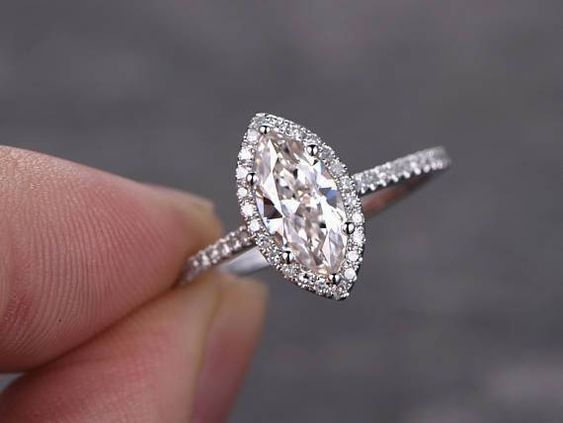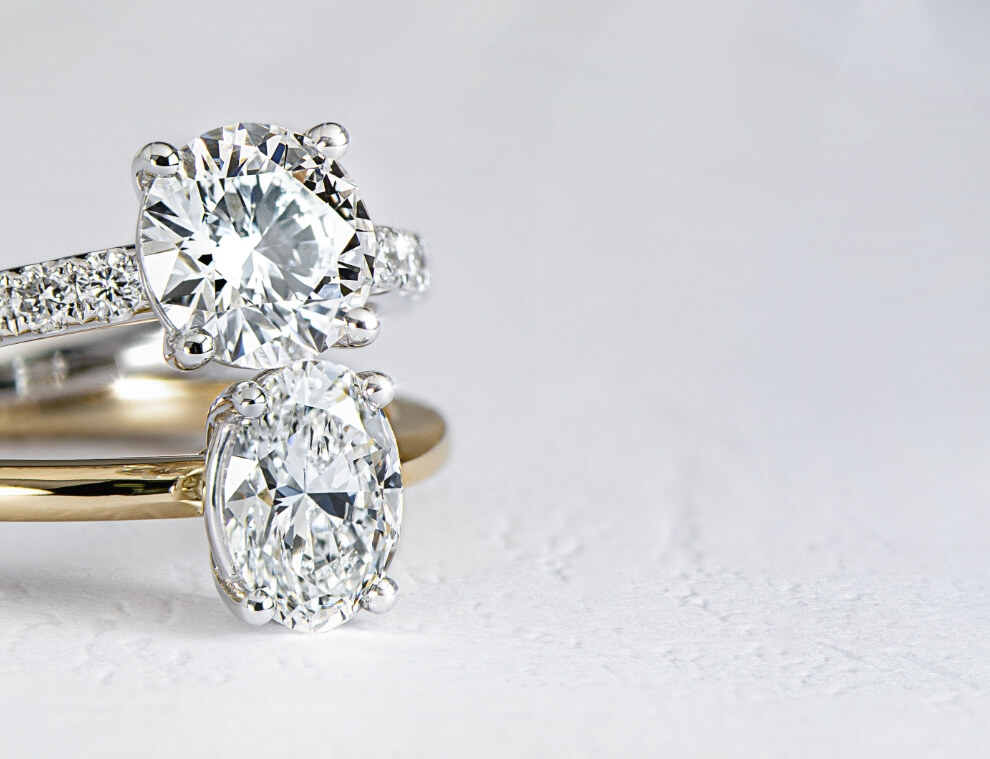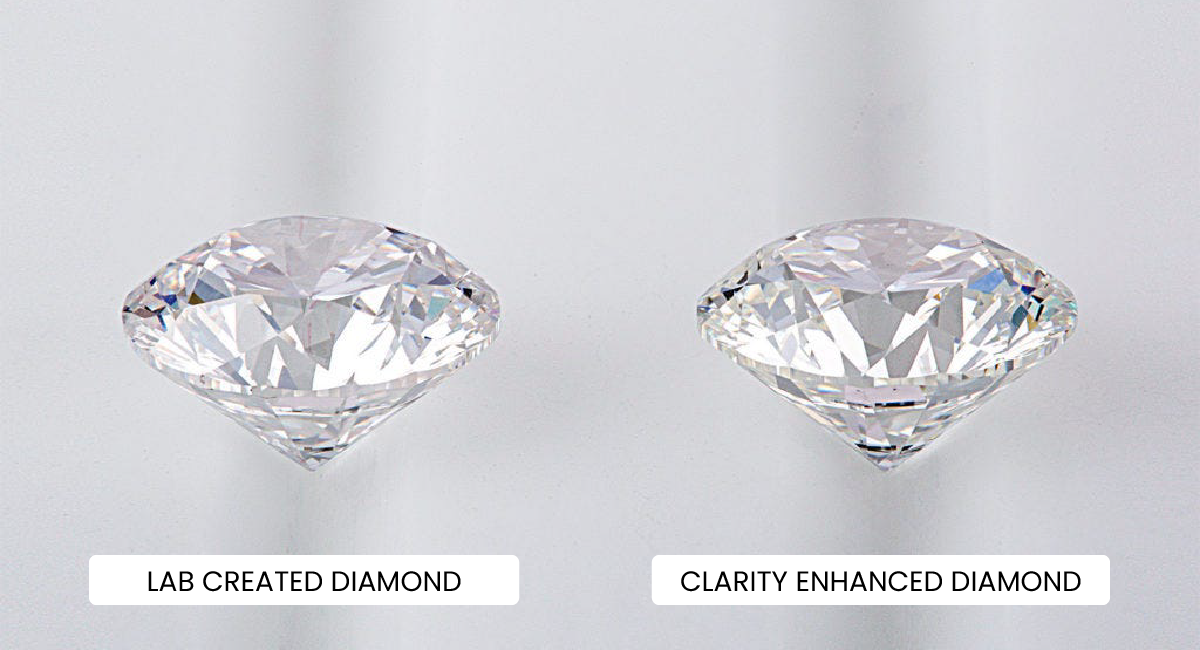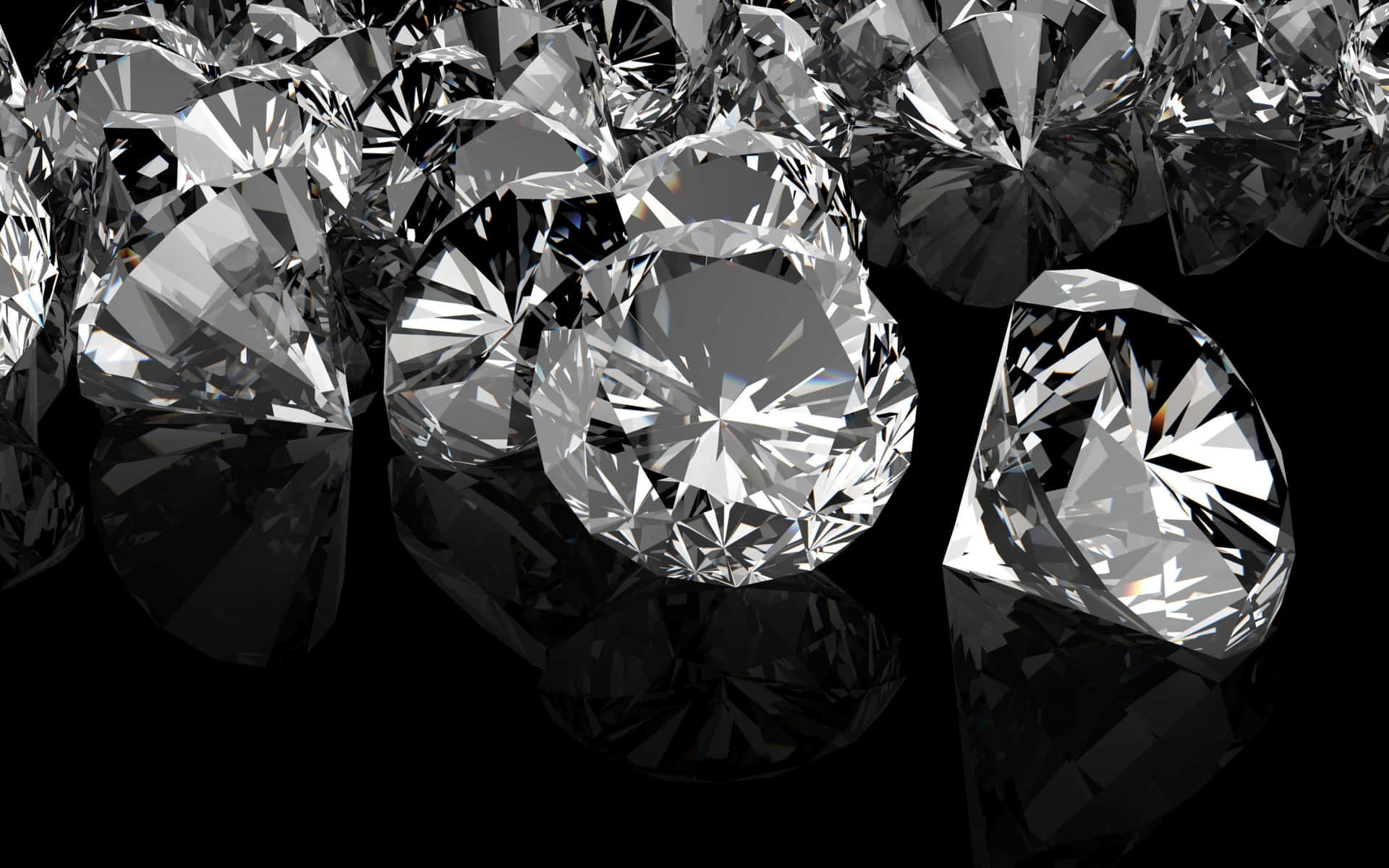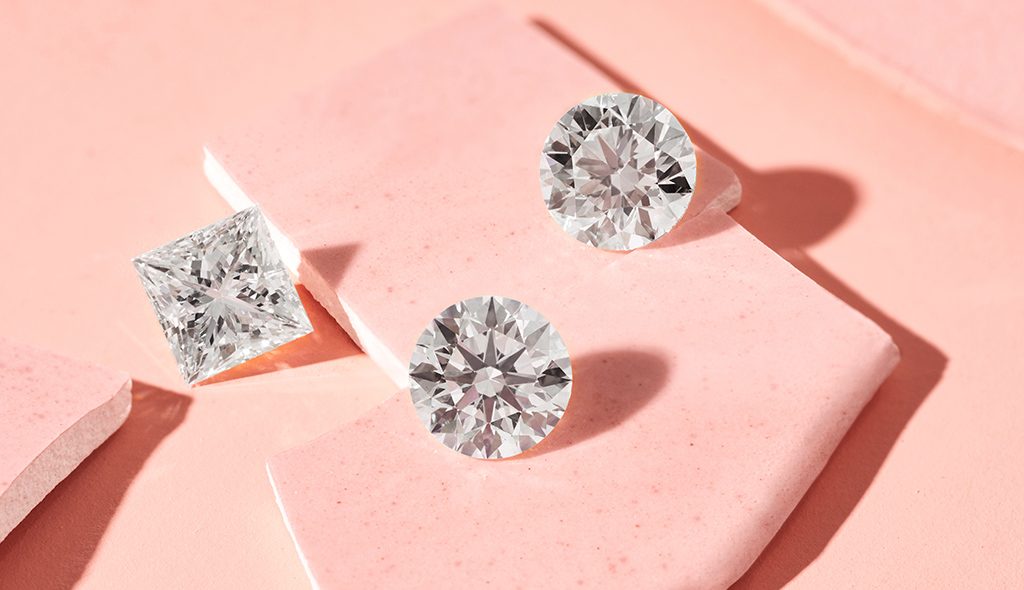The world of diamonds has long been synonymous with luxury, prestige, and timeless beauty. Traditionally, diamonds and karma have been mined from deep within the Earth, representing both natural rarity and splendor. However, as ethical and environmental concerns become more pressing in the modern era, the rise of lab-made diamonds has introduced a fresh alternative to this age-old industry. These diamonds, grown in controlled laboratory environments, offer a more sustainable and morally conscious way to indulge in the brilliance of diamonds, redefining luxury with an emphasis on karma and responsibility.
What Are Lab-Made Diamonds?
Lab-made diamonds, also known as laboratory-grown diamonds or synthetic diamonds, are diamonds that are created in highly controlled environments using advanced technological processes that replicate the conditions under which natural diamonds are formed. These diamonds are produced using one of two methods: High Pressure-High Temperature (HPHT) or Chemical Vapor Deposition (CVD). Both processes result in diamonds that are chemically, physically, and optically identical to natural diamonds.
Unlike cubic zirconia or moissanite, which are diamond simulants, lab-made diamonds are real diamonds. They have the same carbon crystal structure as their naturally mined counterparts and are virtually indistinguishable from natural diamonds to the naked eye or even under a jeweler’s loupe.
How Lab-Made Diamonds Compare to Natural Diamonds
In terms of appearance and quality, there is no difference between a lab-made diamond and a natural diamond. Lab-made diamonds possess the same clarity, brilliance, and fire as natural diamonds. However, several key distinctions set lab-grown diamonds apart from their mined counterparts:
Price
One of the most significant differences between lab-made diamonds and natural diamonds is the price. Lab-made diamonds are typically 30-40% less expensive than natural diamonds of similar quality and size. This price difference is primarily due to the lower costs associated with producing diamonds in a lab compared to the extensive and costly process of mining natural diamonds.
Ethical Sourcing
Perhaps the most compelling reason many consumers are turning to lab-made diamonds is their ethical advantage. Natural diamond mining has long been associated with environmental degradation, human rights violations, and conflict zones where diamonds are used to fund wars (commonly referred to as blood diamonds or conflict diamonds). Lab-made diamonds are free from these issues, offering a conflict-free and more morally responsible option.
Choosing a lab-grown diamond is a decision aligned with karma, as it avoids supporting harmful practices and ensures that the diamond’s journey to your jewelry box has not caused harm to the environment or exploited workers.
Environmental Impact
While no industrial process is entirely without environmental consequences, lab-made diamonds have a significantly smaller carbon footprint compared to mined diamonds. Mining diamonds requires vast amounts of earth to be displaced, resulting in deforestation, habitat destruction, and the use of significant amounts of energy and water. Lab-grown diamonds, in contrast, are produced in laboratories that are increasingly turning to renewable energy sources to power their operations. This makes them a far more sustainable option for environmentally conscious consumers.
The Process of Creating Lab-Made Diamonds
The creation of lab-made diamonds is a highly sophisticated scientific process that mimics the natural diamond formation process, albeit at a much faster rate. The two primary methods of producing lab-grown diamonds are the High Pressure-High Temperature (HPHT) and Chemical Vapor Deposition (CVD) techniques.
High Pressure-High Temperature (HPHT)
In the HPHT method, diamonds are created by subjecting a carbon seed to conditions similar to those found deep within the Earth’s mantle—extremely high temperatures and pressures. A small diamond seed is placed in carbon, and under intense pressure (over 1.5 million pounds per square inch) and temperatures exceeding 2000°F, the carbon atoms begin to bond to the seed, growing into a larger diamond crystal.
Chemical Vapor Deposition (CVD)
The CVD process involves placing a diamond seed in a vacuum chamber filled with carbon-rich gases, such as methane. The gases are heated to high temperatures, breaking down the molecules and allowing carbon atoms to attach to the diamond seed, layer by layer. This method is particularly prized for its ability to create high-quality diamonds with fewer impurities.
The Role of Karma in Choosing Lab-Made Diamonds
In many cultures, karma is the principle that good actions lead to positive outcomes, and bad actions bring negative consequences. Applying this concept to consumer choices, purchasing a lab-made diamond is an action aligned with positive karma, as it promotes ethical sourcing, environmental sustainability, and fairness in labor practices. By choosing a lab-grown diamond, individuals can enjoy the beauty and luxury of a diamond while knowing they have made a more responsible and compassionate choice.
This alignment with karma extends beyond just ethical concerns. Lab-made diamonds represent a shift toward mindful consumption—the idea that luxury can coexist with environmental and social responsibility. For those who seek to balance elegance with empathy, lab-made diamonds offer the perfect solution.
Customizing Your Lab-Made Diamond Jewelry
One of the major benefits of lab-made diamonds is the ability to customize your jewelry with the same level of flexibility and artistry as natural diamonds. Whether you are looking for a solitaire engagement ring, a pair of diamond earrings, or a custom-designed pendant, lab-made diamonds can be crafted into any type of jewelry. They are available in a wide variety of cuts, such as round, princess, oval, and more, ensuring that you can find the perfect stone for your style.
Additionally, lab-made diamonds come in various carat weights and can be produced with superior clarity and color grades, offering a broad range of options for those who value both beauty and precision in their jewelry selection. The customization process for lab-made diamond jewelry is virtually identical to that of natural diamonds, ensuring that your finished piece reflects the same level of craftsmanship and brilliance.
Debunking Myths About Lab-Made Diamonds
Despite their growing popularity, there are still misconceptions surrounding lab made diamonds. One common myth is that lab-grown diamonds are somehow inferior to natural diamonds. This is not the case. Lab-made diamonds are real diamonds, with the same chemical composition, hardness, and optical properties as mined diamonds. They are not imitations or fake stones.
Another misconception is that lab-grown diamonds lack value. While natural diamonds have historically held higher market value due to their rarity, lab-grown diamonds are increasingly being recognized as a legitimate, valuable alternative. Their lower cost is not an indication of inferior quality, but rather a result of more efficient production methods.
Conclusion: Lab-Made Diamonds, A Modern Luxury
Lab-made diamonds are a testament to how innovation and technology can transform industries while aligning with modern values of sustainability, ethics, and responsibility. By choosing lab-grown diamonds, consumers can enjoy the same beauty, brilliance, and timeless elegance associated with traditional diamonds while contributing to a more positive and responsible global economy. In a world where ethical choices and karma matter more than ever, lab-made diamonds offer a way to indulge in luxury without compromising on the values that matter most.


